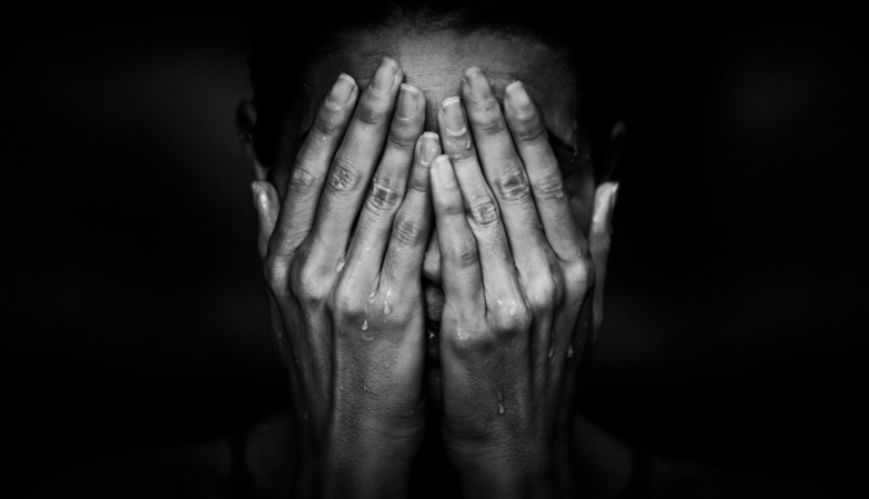Silent no more

Silent no more
26 March 2018
Photo:Getty Images
In December, Time magazine named “The Silence Breakers” as the 2017 Person of the Year. Let that sink in. The person of the year was a group of women (and some men) who spoke out about sexual harassment and assault, igniting a movement that spread like wild fire across social media, as one by one, people began to share their stories using the hashtag #MeToo.
This movement caused several high-powered and influential men to resign amid clouds of controversy. I was one of the many who said #MeToo, but that’s all I wrote. I wasn’t ready for this movement. I wasn’t ready to reveal my secrets, to share my story – a story of powerlessness and fear, ugliness and pain. A story of lost innocence, violence and gaps in memory.
I admired the women and men who did.
I believed their stories, applauded their bravery and rejoiced as the accused were stripped of powerful positions and forced to account for their inappropriate, abusive and criminal behaviour, too long swept under the rug. But I couldn’t share my story. People wouldn’t understand. People would be hurt. People would talk. And so I simply said #MeToo and let that be enough. And it was, for a time.
Here’s the thing: the people who hurt me were in the church. They were people I spent time with, looked up to and trusted. They were all men who claimed to be followers of Jesus. And that messed me up.
Because, for a while, I felt really guilty.
Guilt, by definition, is the fact of having committed an offence or crime and an acknowledgment of wrongdoing. But over time, and through therapy, I came to realise that what I was feeling wasn’t guilt. It was shame. Shame is the painful feeling arising from the consciousness of something dishonourable or improper. In my case, it wasn’t from something I had done; it was from things done to me.
I was drowning in shame. The kind of shame that settles in and makes itself at home. The kind of shame that strangles you when a long-dormant trigger suddenly breaks into the present, flooding your mind and emotions with memories shoved deep. I couldn’t scrub it off my skin. I couldn’t erase the images in my head. At times, my chest was so tight, I couldn’t breathe, except in fragmented gasps.
Shame defined and dictated everything I was and everything I did. Shame led me to a dark place, where the only relief I could find was the bliss of chemically-altered consciousness, of oblivion, where I could be alive and not exist at the same time.
But I began to tell my story, in a small voice, to small audiences. Stories have power.
In the Gospel of John, we read a story about a Samaritan woman who went to a well to draw water. She, too, is shame-filled – she has had five husbands, and the man she is with now is not her husband. Her decision to draw water during the hottest part of the day is enough to tell us that she doesn’t want to meet anyone.
But she encounters Jesus. Jesus knows her shame – not just because he is God incarnate, but because it is so palpable. He doesn’t turn away. He asks her for water, inviting a conversation.
In the hot sun by the well, she speaks out: “I have no husband.” I can only imagine how much it cost her to say those words to a man, how they would have caught in her throat. But as she speaks, her shame begins to lose its grip and her healing begins.
Dear fellow survivor: your story has power. Sharing it can loosen shame’s hold and start the healing process.
Dear Church: What will your response be to our stories? Will you believe us – the collective “us” of the #ChurchToo movement – or will you silence us? Will you hold space to allow healing to begin, as one by one we share our stories in bigger voices, to bigger audiences?
To contact The Salvation Army’s Professional Standards Unit (Victoria, South Australia, Tasmania, Western Australia, Northern Territory), phone 03 8878 4500 or email professionalstandards@aus.salvationarmy.org. To contact its Centre for Restoration (NSW, Queensland, ACT, phone 02 9466 3063 or email centreforrestoration@aue.salvationarmy.org